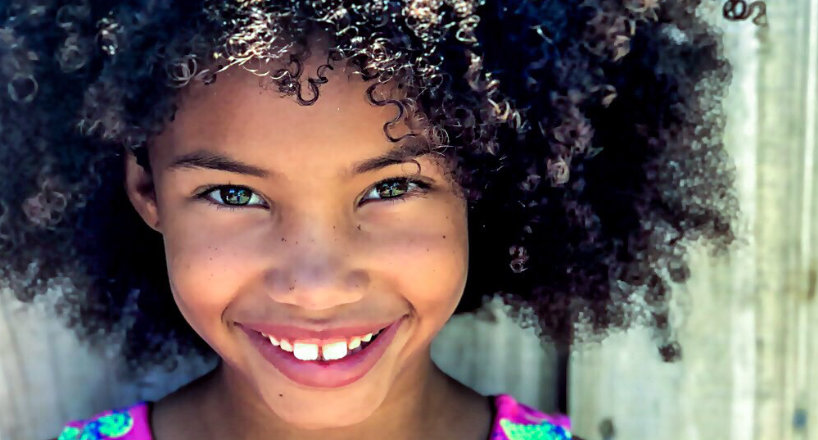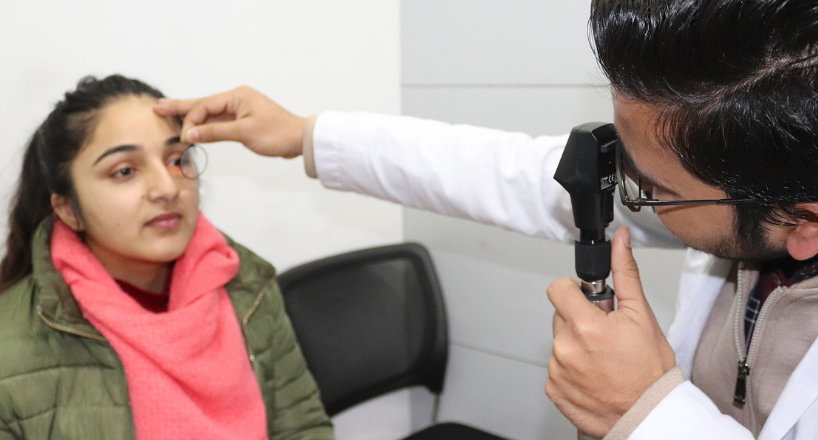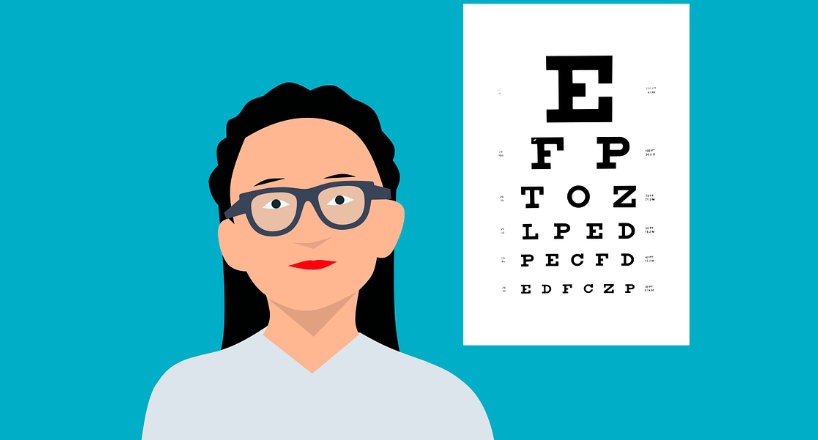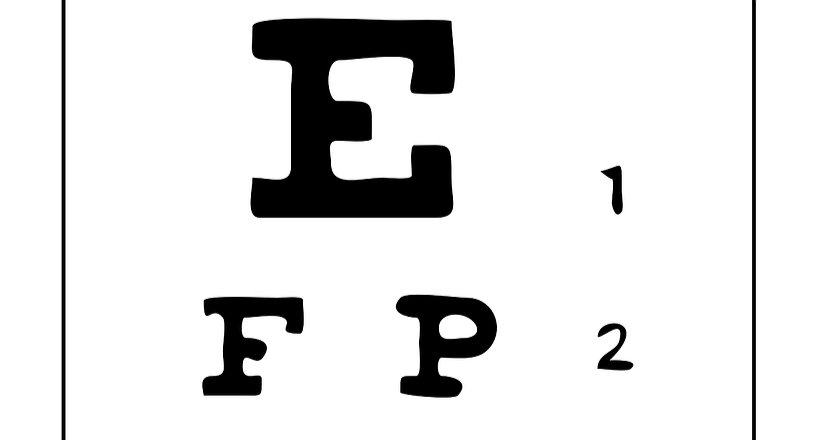According to professionals, 80% of learning is visual, which implies that if your kid is having trouble seeing clearly, his/her knowing can be impacted. This also opts for infants who develop and find out about the world around them through their sense of sight. To make sure that your children have the visual resources they require to grow and establish usually, their eyes and vision must be examined by an optometrist at specific phases of their development.
According to the American Optometric Association (AOA), kids ought to have their eyes examined by an eye doctor at 6 months, 3 years, at the start of school, and after that at least every 2 years following. If there are any signs that there may be a vision issue or if the kid has particular danger aspects (such as developmental hold-ups, early birth, crossed or lazy eyes, family history, or previous injuries) more frequent tests are recommended.

A kid that wears eyeglasses or contact lenses must have his/her eyes taken a look at annual. Kid’s eyes can alter quickly as they grow.
Eye Exams in Infants: Birth – 24 Months
A child’s visual system develops gradually over the very first couple of months of life. They need to learn to focus and move their eyes, and utilize them together as a group. The brain also needs to discover how to process the visual information from the eyes to comprehend and communicate with the world. With the development of eyesight, comes also the structure for motor development such as crawling, walking and hand-eye coordination.
You can guarantee that your baby is reaching turning points by keeping an eye on what is occurring with your baby’s advancement and by making sure that you set up an extensive infant eye examination at 6 months. At this examination, the eye physician will inspect that the child is seeing effectively and establishing on track and look for conditions that could hinder eye health or vision (such as strabismus( misalignment or crossing of the eyes), farsightedness, nearsightedness, or astigmatism).

Given that there is a greater danger of eye and vision issues if your baby was born premature or is showing indications of developmental delay, your optometrist may require more regular sees to keep watch on his or her progress.
Eye Exams in Preschool Children: 2-5
The young child and preschool age is a duration where children experience drastic development in intellectual and motor abilities. During this time they will establish the fine motor abilities, hand-eye coordination, and perceptual abilities that will prepare them to check out and compose, play sports and participate in creative activities such as drawing, sculpting, or constructing. This is all dependent upon excellent vision and visual processes.
This is the age when parents need to be on the lookout for indications of lazy eye (amblyopia)– when one eye does not see clearly, or crossed eyes (strabismus)– when one or both eyes turns inward or external.

The earlier these conditions are treated, the higher the success rate.
Moms and dads need to likewise know any developmental hold-ups pertaining to item, number or letter acknowledgment, color recognition or coordination, as the root of such issues can often be visual. If you observe your child squinting, rubbing his eyes regularly, sitting really near the tv or reading product, or typically preventing activities such as puzzles or coloring, it deserves a journey to the eye doctor.
Eye Exams in School-Aged Children: Ages 6-18
Unnoticed or uncorrected vision issues can cause kids and teens to suffer academically, socially, athletically, and personally. If your kid is having difficulty in school or after-school activities there might be an underlying vision issue. Appropriate learning, motor advancement, reading, and many other abilities depend on not only excellent vision but likewise the capability of your eyes to work together. Kids that have issues with focusing, reading, teaming their eyes, or hand-eye coordination will typically experience aggravation and may exhibit behavioral issues also.

Frequently they don’t know that the vision they are experiencing is abnormal, so they aren’t able to express that they need help.
In addition to the symptoms composed above, signs of vision problems in older kids include:
- Short attention span
- Headaches
- Frequent blinking
- Avoiding reading
- Tilting the head to one side
- Losing their location frequently while reading
- Double vision
- Poor reading comprehension
The Eye Exam
In addition to basic visual skills (range and near vision) an eye examination might examine the following visual skills that are required for finding out and mobility:
- Binocular vision: how the eyes interact as a team
- Focusing
- Peripheral Vision
- Color Vision
- Hand-eye Coordination
- Tracking
The medical professional will also examine the location around the eye and inside the eye to check for any eye diseases or health conditions.
You must inform the medical professional of any appropriate individual history of your child such as premature birth, developmental delays, household history of eye problems, eye injuries, or medications the kid is taking. This would also be the time to resolve any concerns or issues your child has that might indicate a vision problem.
If the eye doctor does determine that your kid has a vision problem, they may talk about a variety of healing alternatives such as eyeglasses or contact lenses, an eye patch, vision therapy, or Ortho-k, depending upon the condition and the doctor’s specialty. Given that some conditions are much easier to treat when they are caught early while the eyes are still developing, it is essential to diagnose any eye and vision concerns as early as possible.
Following the guidelines for children’s eye examinations and staying alert to any signs of vision problems can assist your child to reach his/her potential.